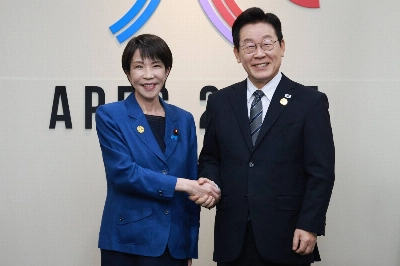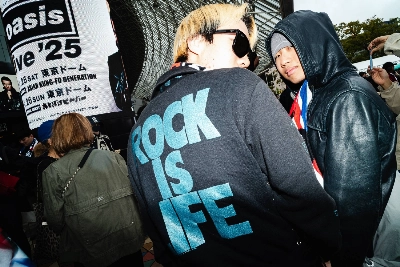All eyes will focus next week on Pyongyang for the June 12-14 historic summit between South Korean President Kim Dae Jung and his North Korean counterpart, Kim Jong Il. Last week's surprise visit to Beijing by the reclusive North Korean leader has added to the drama. While these events provide cause for optimism, the exuberance sweeping over the Korean Peninsula is premature.
A quick review of the not-too-distant past can help put current events in perspective. Last year at this time, a maritime border confrontation was shaping up off the peninsula's west coast that culminated in the sinking of a North Korean ship. War drums were beating and the rhetoric was intense. Meanwhile, the standoff between Washington and Pyongyang over DPRK missile tests was heating up: The North was adamant about pursuing its sovereign right to develop, test and deploy long-range missiles. The U.S. inspection of the suspect nuclear site at Kumchang-ri did little to reduce suspicions about the North's nuclear intentions, and the visit to Pyongyang by former U.S. Secretary of Defense William Perry left him, among others, pessimistic about Pyongyang's willingness to respond favorably to a combined U.S.-South Korean-Japanese formula for enhanced cooperation.
The situation has changed dramatically. Today, North-South cooperation is more reminiscent of 1991-1992, when the two sides negotiated a yet-to-be-implemented Basic Agreement on Reconciliation, Nonaggression and Exchange and Cooperation and a companion Joint Declaration on a Non-Nuclear Korean Peninsula, amid summit discussions. That this earlier period of reconciliation proved so fragile should be a sobering reminder of the challenges that lie ahead.
















With your current subscription plan you can comment on stories. However, before writing your first comment, please create a display name in the Profile section of your subscriber account page.